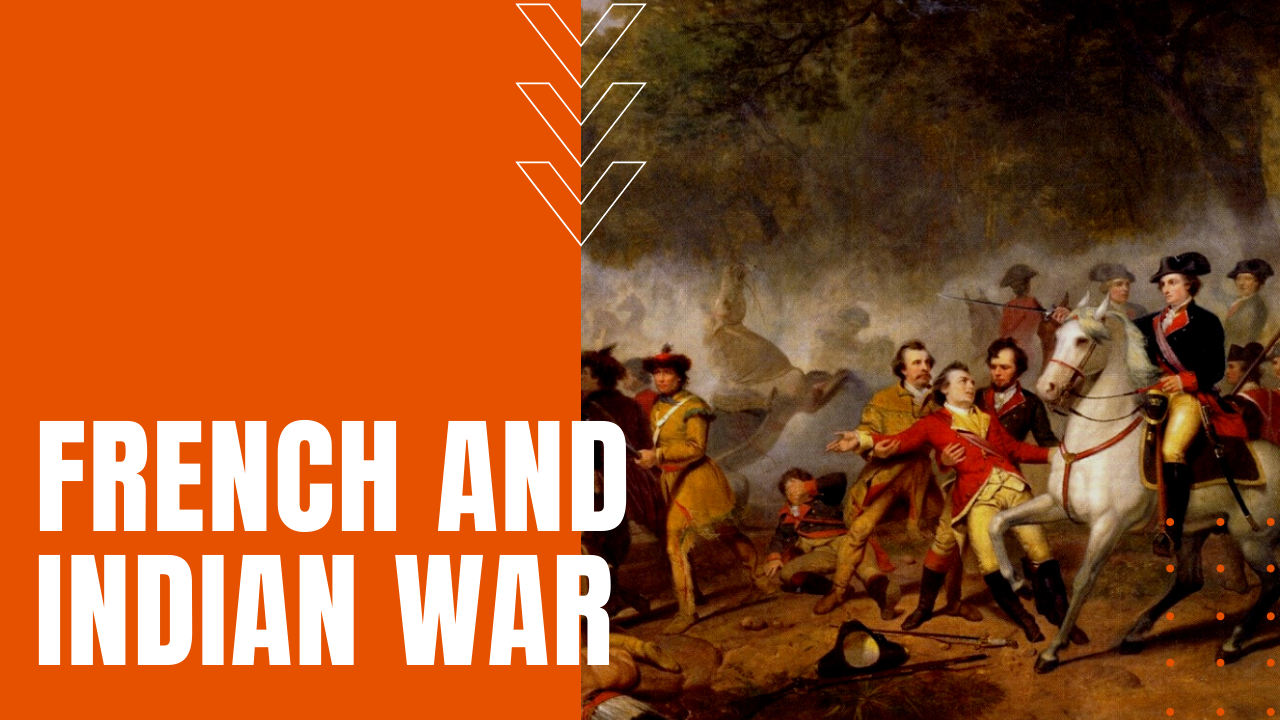French and Indian War: Who Fought and Who Won?

When the French built Fort Duquesne near present-day Pittsburgh, the incursion on British colonial soil sparked the Seven Years’ War, known by American historians as the French and Indian War of 1754 to 1763.
Who Fought in the French and Indian War?
During the early years of the conflict, British war efforts were hampered by lack of interest back home and France’s strong alliance with Native American tribes, which led to a succession of British defeats by colonial and British military leaders, including a young George Washington, Gen. Edward Braddock and Governor William Shirley of Massachusetts.
The tide would turn in 1757, when newly-minted British leader, William Pitt, borrowed heavily to hire Prussian mercenaries to fight the French in Europe, while reimbursing the colonies for their efforts to raise an army in North America.
By July of 1758, British troop buildups in the colonies led to Britain’s first significant victory at Louisbourg, near the mouth of the St. Lawrence River, followed by a second British victory a month later when British troops stormed Fort Frontenac near present-day Kingston, Ontario. After General John Forbes captured Fort Duquesne in November of 1758—later rebuilt and renamed Fort Pitt—British Gen. James Wolfe overwhelmed the French at the Battle of Quebec in September of 1759, which would ultimately cost Wolfe his life, along with French commander, the Marquis de Montcalm.
When the British took Montreal in September of 1760, the French lost their last foothold in North America. After Spain joined France in fighting the British, for the remainder of the war, Britain’s focus shifted from North America to French and Spanish territories elsewhere in the world.
Who Won the French and Indian War?
The French and Indian War in North America ended on February 1st, 1763 with the signing of the Treaty of Paris, obliging France to hand Canada over to Great Britain, while Spain ceded Florida to the British in order to regain control over Cuba, which in turn saw France cede Louisiana to Spain. While the removal of European colonial rivals from north American opened up the Mississippi Valley to westward expansion, the war doubled Britain’s national debt, prompting King George the Second to reason that the thirteen colonies should contribute to paying down Britain’s war debt, in return for its liberation from European colonial incursions into North America.
The king’s policies would lead to the wildly unpopular Townshend, Tea and Stamp Acts, which further outraged colonists under the unifying banner of no taxation without representation in British parliament, which ultimately led to the American Revolution.
Fifteen years after the signing of the Treaty of Paris, French resentment over its losses in North America, would lead them to side with the newly-formed United States of America in the Revolutionary War.
